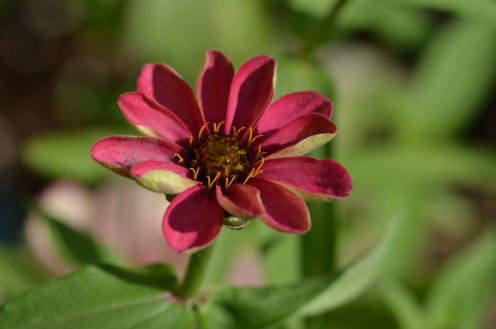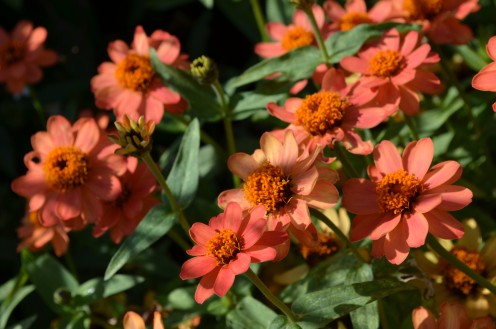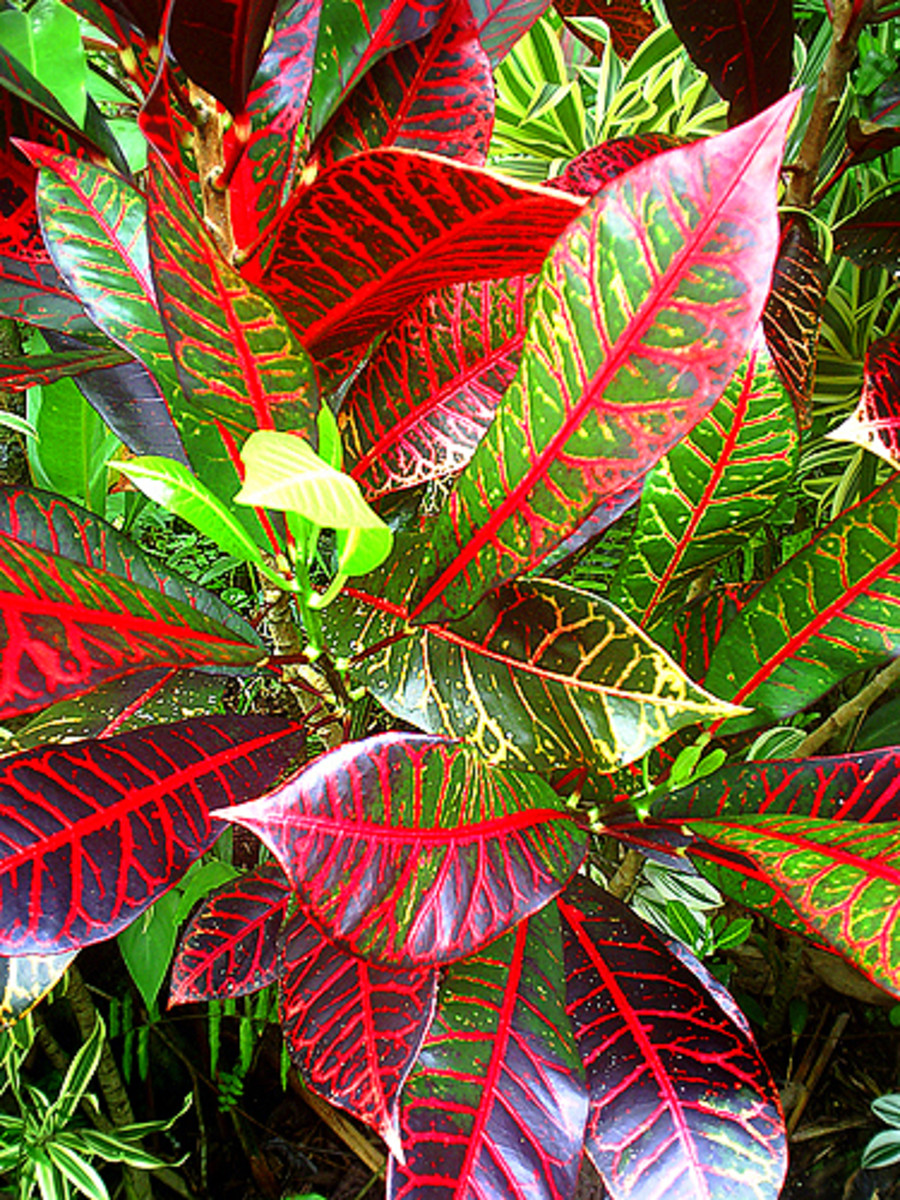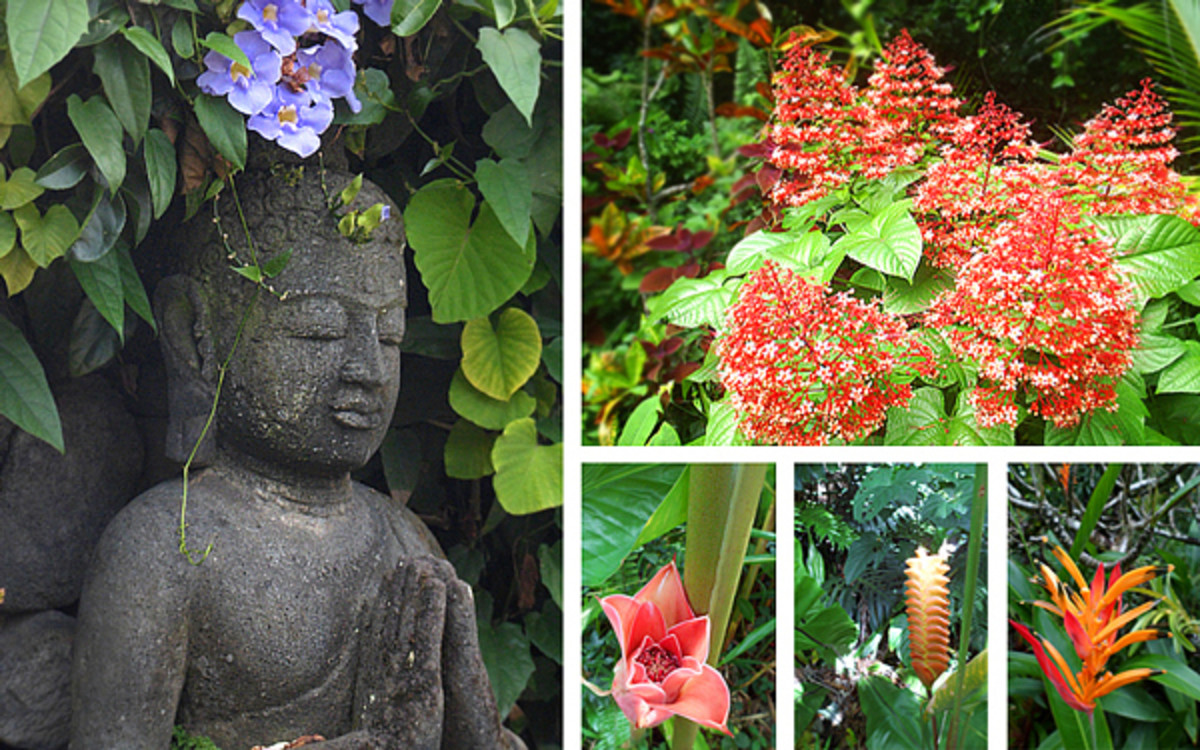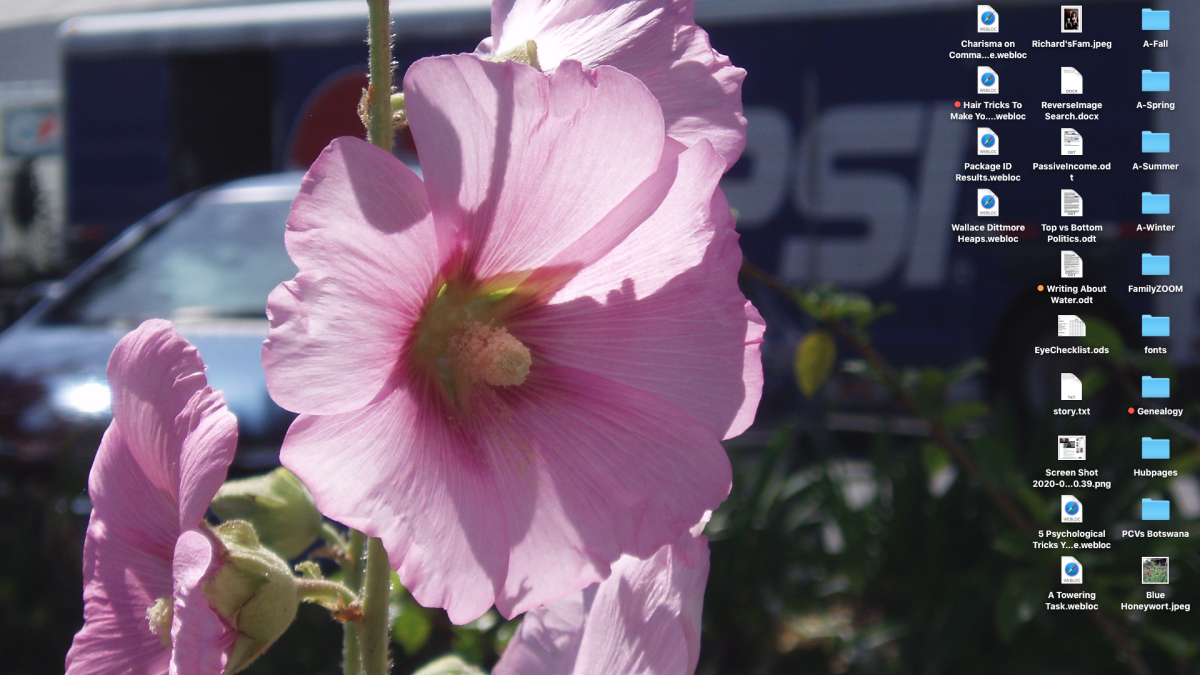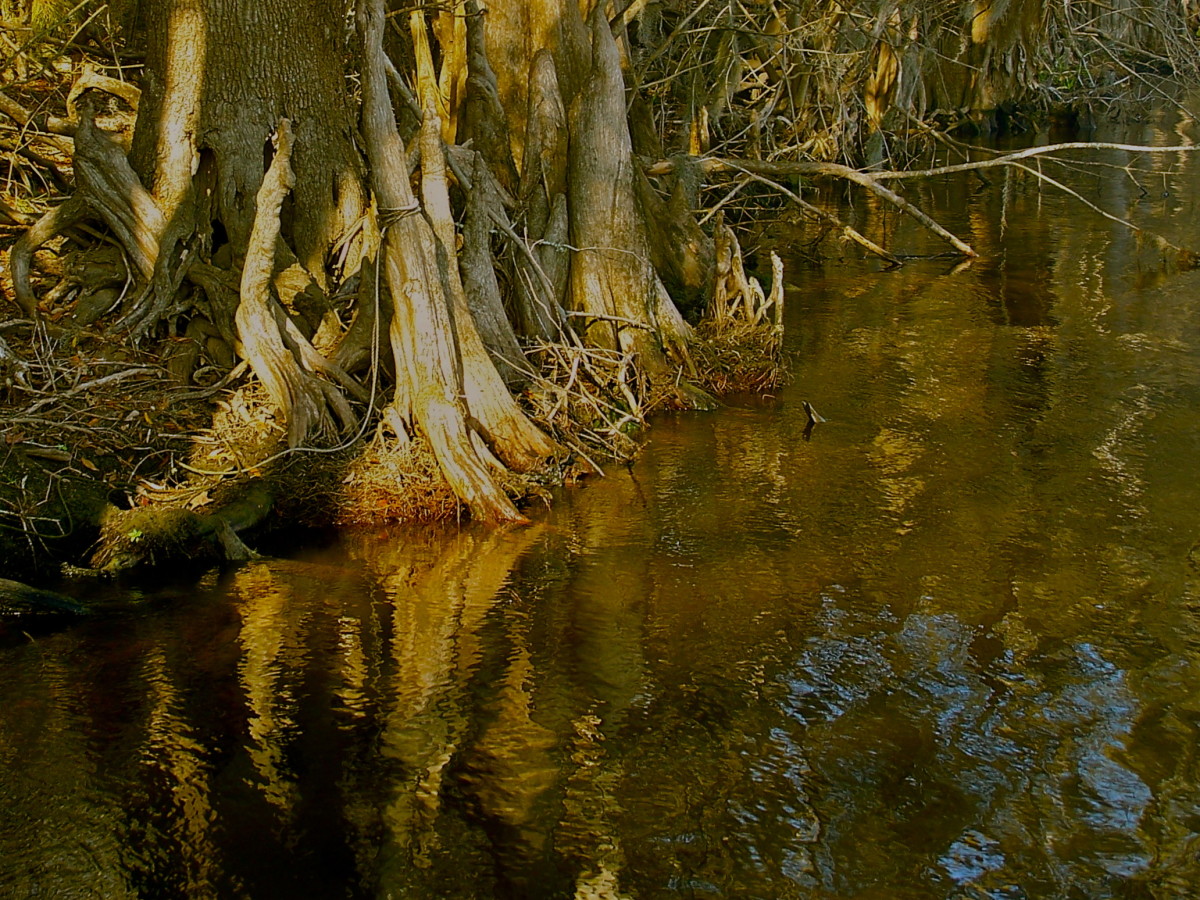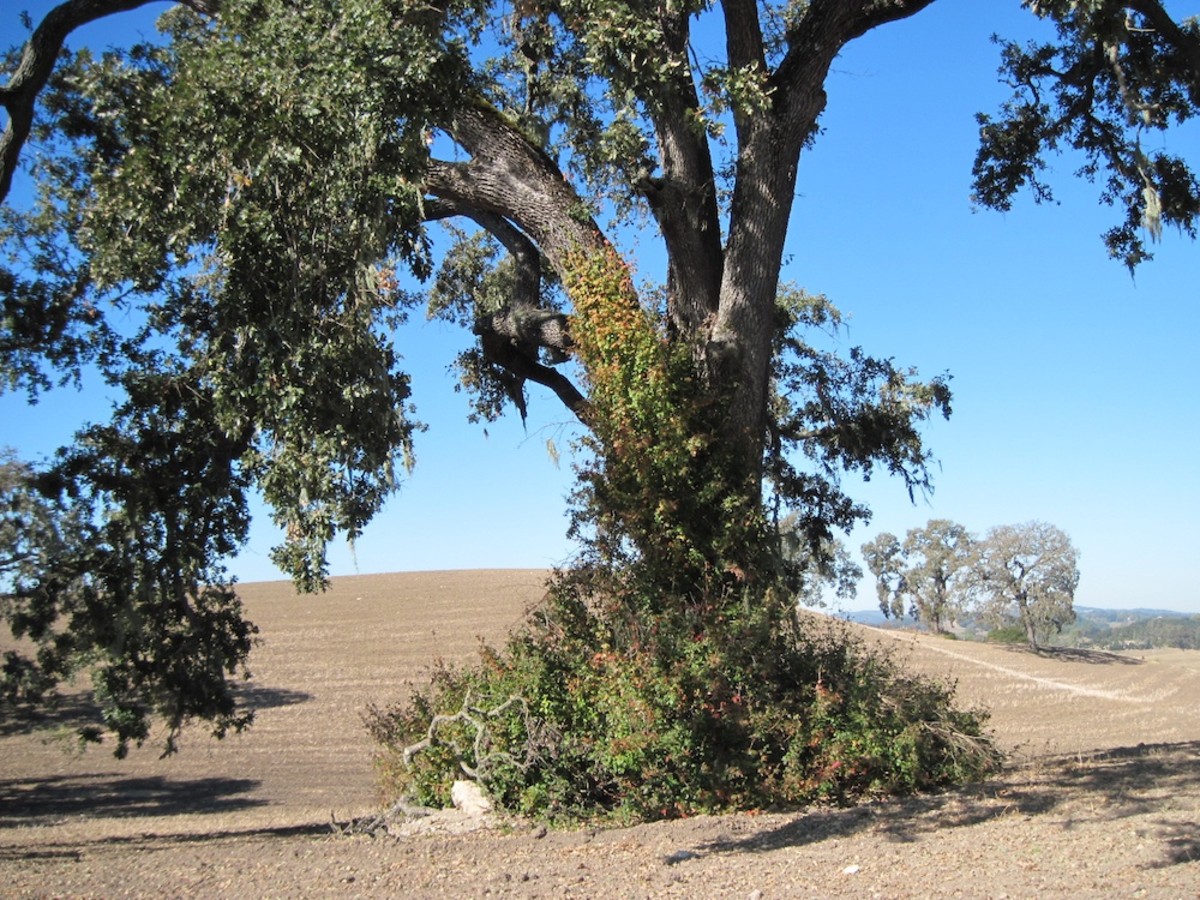Zinnia Flowers - A Photo Gallery and Information
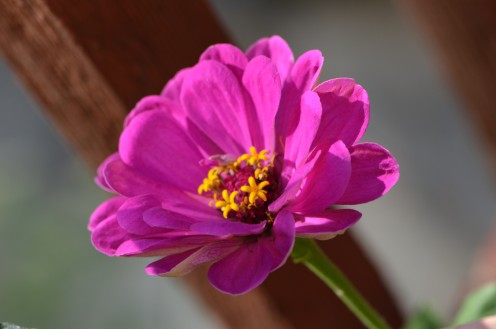

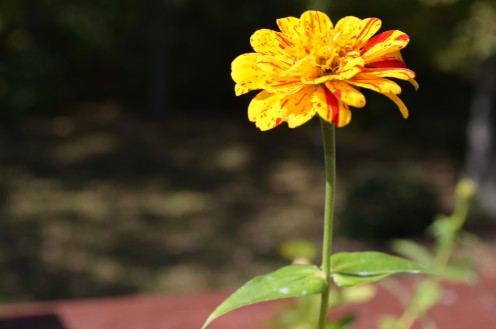
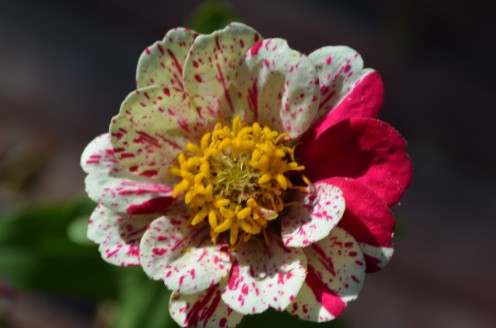

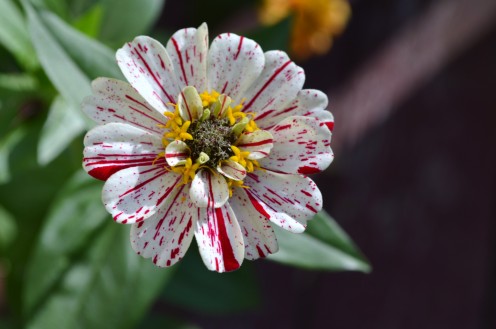
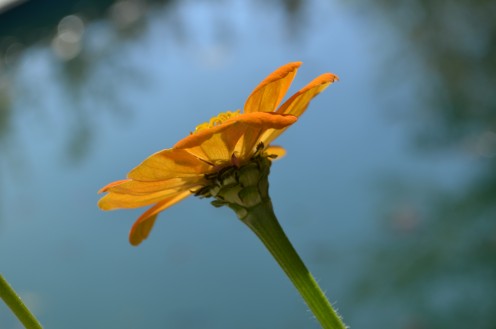
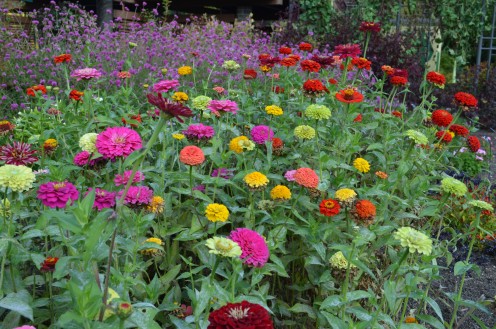
History and Facts about Zinnia Flowers
Our Experience with Zinnias
I came across a zinnia quite by accident for the first time. A packet of zinnia seeds were given to me. Having a three year old son, and being a stay at home mom at the time, I decided to turn the event into a fun learning experience. Digging in dirt, preparing it and planting seeds was great fun for us both, as it turned out.
I smile now as I look back because we had just a very long, but small patch of dirt to work with. I recall showing my son how to read the back of the flower packet, and we planted the seeds accordingly. We watered with the watering can, and then had to wait. By July 4, our Independence day in the US, you should have seen our zinnia flower garden! It looked somewhat like the photo below, where there are many colors of bright zinnia flowers. I was in love, and have grown them ever since whenever I could.
History of the Zinnia Flower
The zinnia gets its name from Johann Gottfried Zinn, or J.G. Zinn. He was a professor of Botany and Natural History at the University of Gottingen. He was born on December 6, 1727, and was a student under Haller. One of his greatest "claims to fame" come from showing the demonstration of the relation of vision to the activity in the brain, and on to the structure of the eye. The essay is called "Description Anatomica Oculi Humani." I am thankful to this man, as that whole process is so fascinating to me. It had to sound mind boggling to people for the first time I am sure. He also is known for his catalogue of plants in the Academical Garden of Gottingen. He died very young, on April 6, 1759, when he was only 32 years old.
Another important service J.G. Zinn rendered to science was his catalogue of the plants in the Academical Garden of Gottingen.
Native of Mexico
The zinnia itself is a native of Mexico. Having grown it extensively over the years, I can see why it would thrive in Mexico. Some have called it the Mexican marigold, especially when you look at the buttery yellow varieties. I have grown marigolds also, and to me, they are very different, but I can kind of understand the comparison.
Growing Zinnias
Growing zinnias is relatively easy to do, in my experience. You can grow them in pots or right in the ground. Simply follow the seed packet instructions, and they should come up wonderfully. Plant soon after the last possible frost in your area, and plant them where you want them. They will grow happily, but generally don't like being transplanted.
Pick or cut off the spent flower blooms, to keep the plant blooming happily. They will give you joy all Summer long, and the butterflies will love you for growing them.
There are several varieties of zinnias, and there are some different one's shown here in this article. I hope you enjoy the photos I have taken here. You can get an idea of the many different zinnia flowers out there.
Over the last couple of years as I have been to the nursery, or browsing through seed catalogues, I have noticed many new varieties. Simply pick what you like! Know the California Giants have been an ongoing favorite of mine. I grow them whenever I can.
Collecting Zinnia Seeds
At the end of the season, I pinch off the spent blooms less and less. This allows for the seed heads to grow and produce many seeds for the next season. We had a neighbor that grew lovely red zinnias for many years. He collected and saved the seeds, and shared them with neighbors. They were lovely, and I always thought that was very thoughtful of our neighbor. It is so easy to do, and very rewarding, and virtually free to do after the first seed packet.
